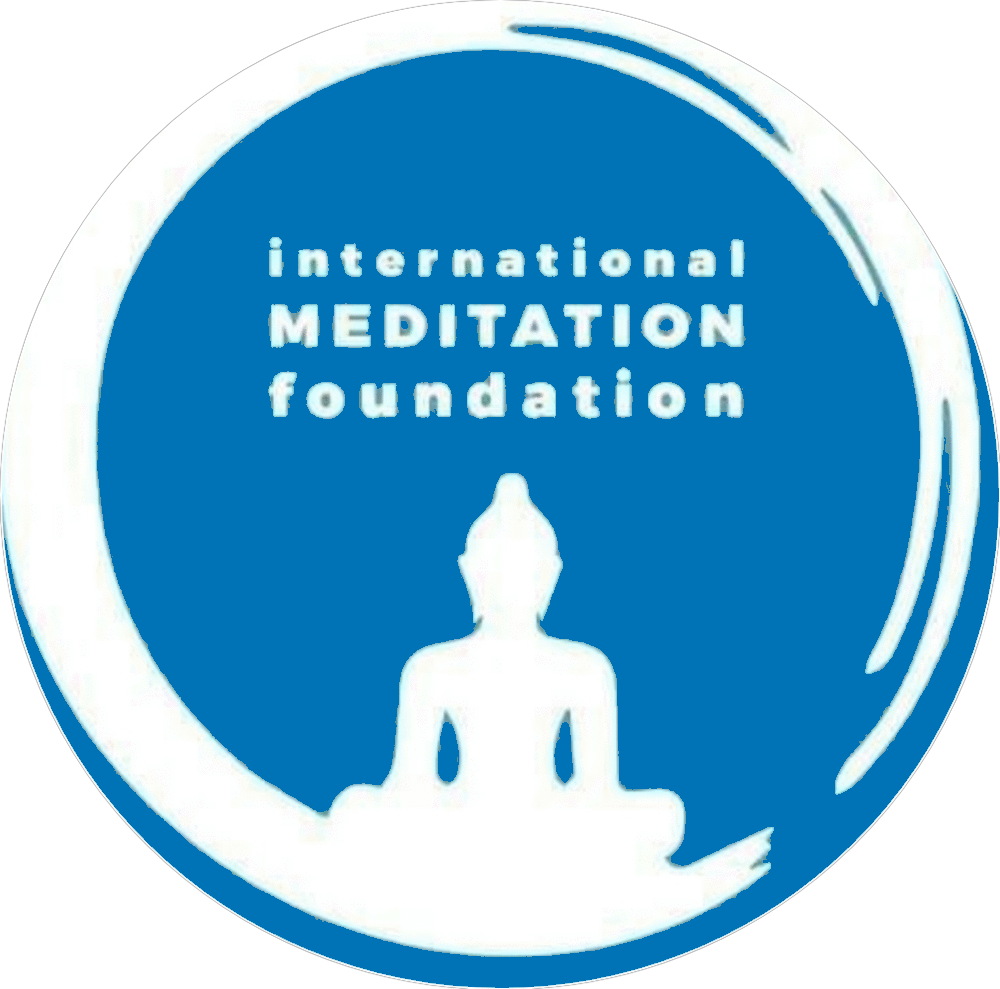Breath Awareness Meditation is a powerful technique that focuses on the breath, allowing us to connect with our inner being and find a sense of calm and clarity. Breathing is an essential aspect of yoga, meditation, and tantra practices, as it plays a vital role in controlling our emotions, physical well-being, and mental distractions. This technique has been practiced for centuries and is mentioned in various spiritual traditions, including the Buddhist tradition and the ancient Hindu text, Vigyan Bhairav Tantra.
The Buddhist tradition refers to this technique as Anapana Sati, which involves observing the inhalation and exhalation with awareness. It is believed that Buddha himself achieved enlightenment through this practice, making it a key meditation technique in Buddhism. Similarly, the Vigyan Bhairav Tantra, a sacred Hindu text dating back 4500 years, also mentions this technique as a means to attain enlightenment. It is said that Lord Shiva imparted 112 meditation techniques to goddess Parvati, and breath awareness is one of them.
The breath is a constant process that sustains life and powers the pranic energy within our bodies, whether we are conscious of it or not. By simply watching the breath, we can shift our focus from the external world to our inner realm, connecting with our true essence. This practice allows us to calm the mind, release stress, and find a deep sense of peace.
Before diving into the practice of Breath Awareness Meditation, it is essential to create a conducive environment. Find a quiet and calm space where you won’t be disturbed. Ensure proper ventilation to allow for a free flow of air, as fresh air can enhance the meditation experience. Sit in a comfortable position with an upright spine and a straight neck. Close your eyes gently and relax your facial muscles, shoulders, arms, and thighs. The preferred hand mudra for this practice is the Chin mudra, where the thumb and index finger touch lightly.
Now, let’s explore a few preparatory techniques that can help ease the transition into passive meditation. For some individuals, it may be challenging to directly enter into a state of deep stillness. In such cases, these techniques can serve as stepping stones towards a more profound meditation experience.
1. Body Scan: Start by scanning your body from head to toe, bringing awareness to each body part. Notice any areas of tension or discomfort and consciously release the tension as you exhale. This practice helps relax the body and prepares it for a deeper meditation experience.
2. Counting the Breath: Focus your attention on the natural rhythm of your breath. As you inhale, silently count “one.” As you exhale, count “two.” Continue counting up to ten and then start again. This technique helps anchor the mind and prevent it from wandering.
3. Guided Visualization: Listen to a guided visualization or meditation recording that takes you on a journey within. These recordings often provide soothing guidance and imagery that can help relax the mind and prepare it for passive meditation.
Remember, the key to successful Breath Awareness Meditation is to approach it with an open and relaxed mindset. Allow yourself to surrender to the present moment and let go of any expectations or judgments. Embrace the experience as it unfolds, knowing that each breath is an opportunity to connect with your inner self.
As you continue to practice Breath Awareness Meditation, you will discover its profound benefits, including increased self-awareness, reduced stress, improved focus, and a deeper sense of inner peace. So, take a deep breath, close your eyes, and embark on this journey of self-discovery and connection.
